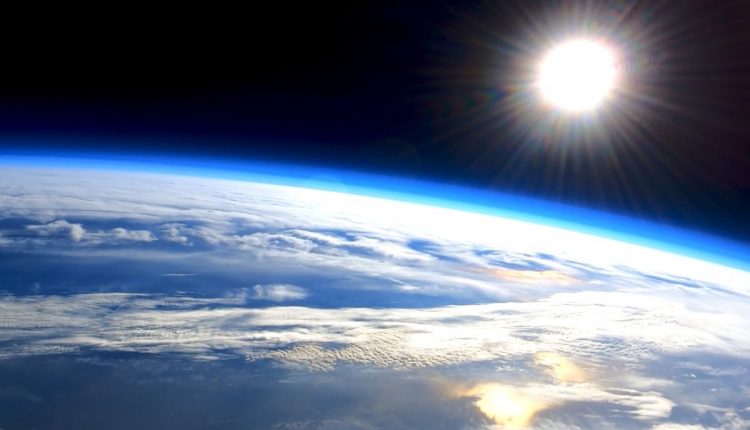©2021 Reporters Post24. All Rights Reserved.
The solar flare occurred from a sunspot called AR2838 at 10:29 a.m. EDT (1429 GMT) on Saturday and registered as a powerful X1-class sun event, according to the U.S. Space Weather Prediction Center (SWPC) tracking the sun’s weather. It caused a brief radio blackout on Earth, center officials said in an update.
A video of the solar flare from NASA’s Solar Dynamics Observatory shows the flare erupting from the upper right limb of the star as seen by the spacecraft, one of many used to monitor the sun’s weather.
In Photos: The Sun’s Wrath: Worst Solar Storms in History

X-class solar flares are the strongest kind of eruptions on the sun. When aimed directly at Earth, the most powerful ones can endanger astronauts and satellites in space, as well as interfere with power grids on Earth. More moderate M-class solar flares can also supercharge Earth’s auroras with dazzling displays.
The sunspot AR2838 that shot off Saturday’s flare is new active region on the sun.
“This sunspot region developed overnight and was also responsible for an M2 flare (R1 – Minor Radio Blackout) at 07:17 UTC on 03 July,” SWPC officials wrote in the update.
In photos: The Sun’s Monster X9.3 Solar Flare of Sept. 6, 2017

Spaceweather.com, a website that tracks space weather events, reported that the sunspot’s big flare registered as a class X1.5 on the scale used to track sun events and has now rotated around to the far side of the sun.
“As quickly as it appeared, the sunspot is already gone,” Spaceweather.com reported today. “On July 4th it rotated over the sun’s northwestern limb, and will spend the next two weeks transiting the far side of the sun.”
The sun’s weather follows an 11-year cycle with active phases and years of relative solar quiescence. The current cycle, called solar cycle 25, began in 2020.
Email Tariq Malik at tmalik@space.com or follow him @tariqjmalik. Follow us @Spacedotcom, Facebook and Instagram.
Join our Space Forums to keep talking space on the latest missions, night sky and more! And if you have a news tip, correction or comment, let us know at: community@space.com.
Space: www.space.com


